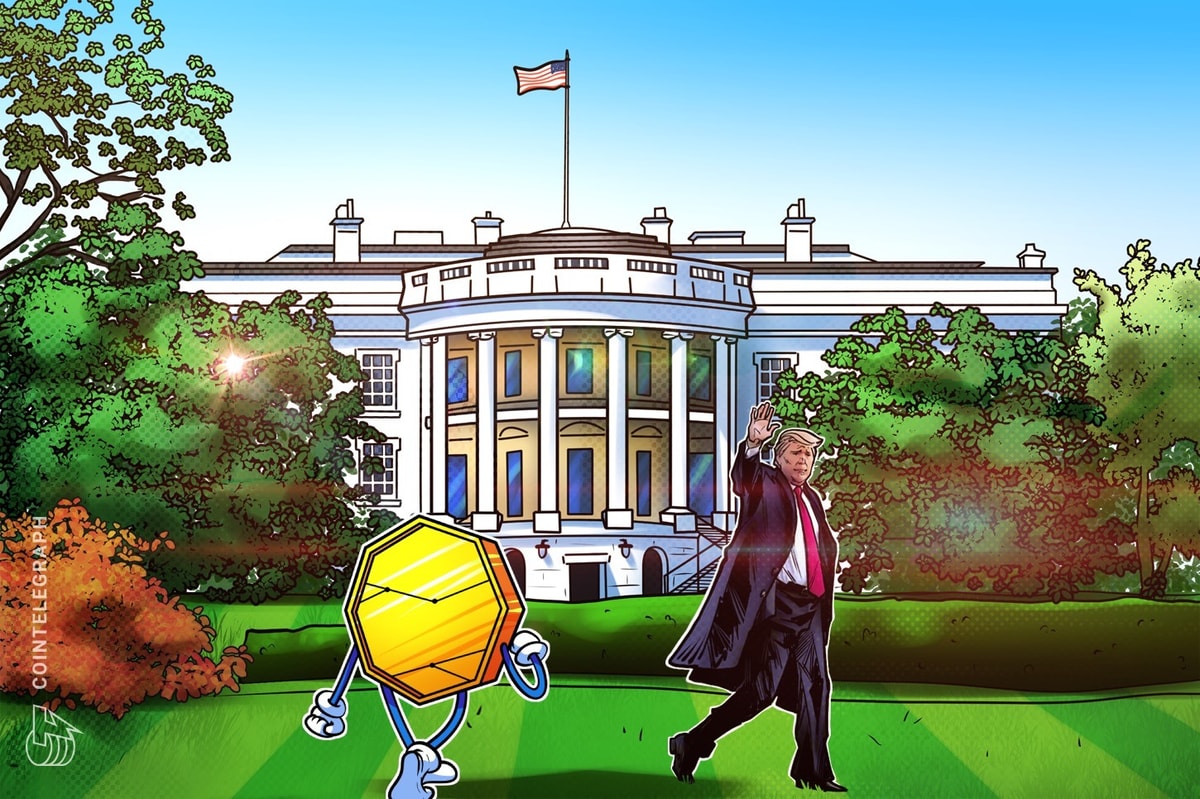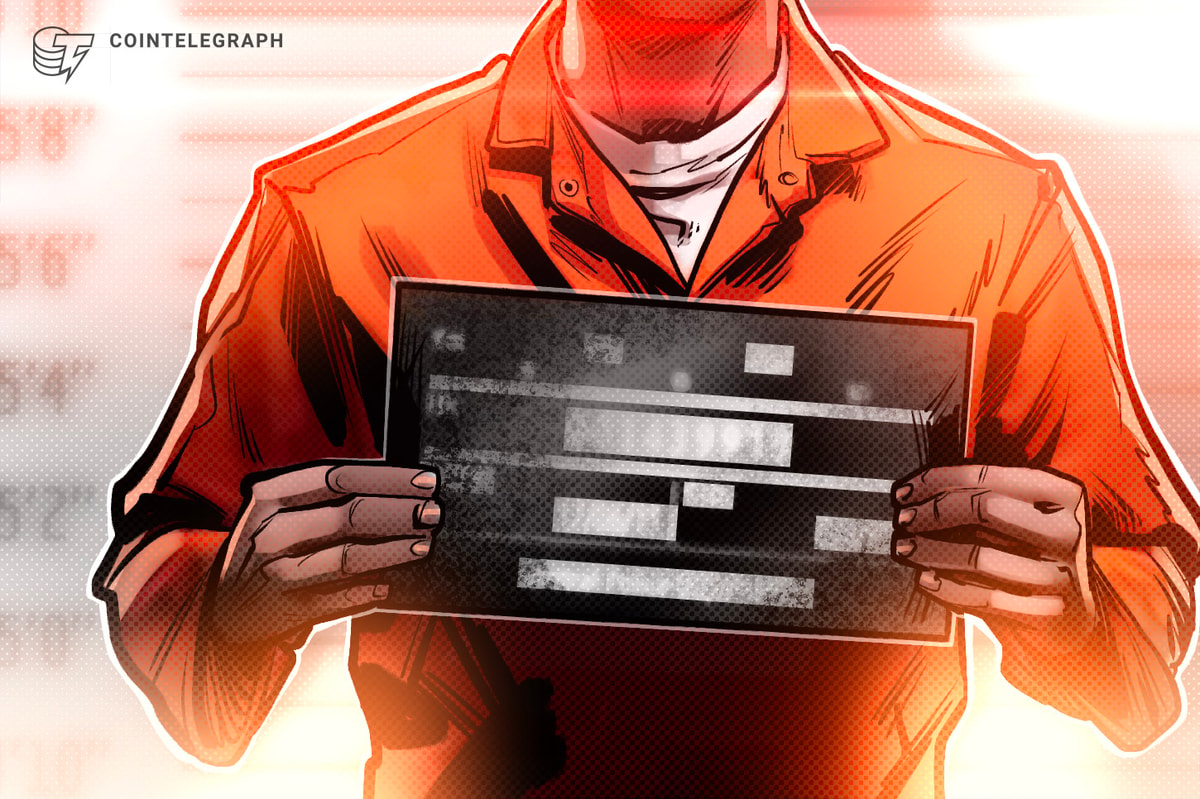US President Donald Trump has signed his first executive order potentially affecting crypto users and industry leaders, which many expected during his first days in office.
In a televised address from the Oval Office on Jan. 23, Trump appeared with his “AI and crypto czar” David Sacks, who explained the executive order to the US president.
According to Sacks, the EO establishes an “internal working group to make America the world capital in crypto,” with himself chairing the effort.
Donald Trump signing crypto EO on Jan. 23. Source: ABC News
The order also prohibits “the establishment, issuance, circulation, and use” of a US central bank digital currency (CBDC) and asks the working group to study the potential creation and maintenance of a national crypto stockpile and a regulatory framework for stablecoins.
The working group, if established, would consist of the US treasury secretary, attorney general, Securities and Exchange Commission chair, Commodity Futures Trading Commission chair, members of Trump’s cabinet and other agency heads.
The US president said Sacks was going to “make a lot of money” from the executive orders on AI and crypto. According to the text of the crypto order, Trump’s directive revokes a March 2022 EO from former President Joe Biden directing US government agencies to establish a crypto regulatory framework.
Related: Trump promises to make US ’world capital’ of AI, crypto at Davos
It’s unclear how much authority any US president has to enact certain laws and policies under executive orders. For example, on Jan. 20, Trump signed an EO essentially revoking birthright citizenship under the 14th amendment to the US Constitution — an effort that was quickly blocked by a federal judge as “blatantly unconstitutional.”
Ordering federal agencies to halt any development of a potential CBDC was one of Trump’s campaign promises to the crypto industry during his run for the presidency.
He also fulfilled a promise to pardon Silk Road founder Ross Ulbricht but had yet to comment on a pledge to have all Bitcoin (BTC) “made in the USA” since taking office.
Magazine: How crypto laws are changing across the world in 2025











